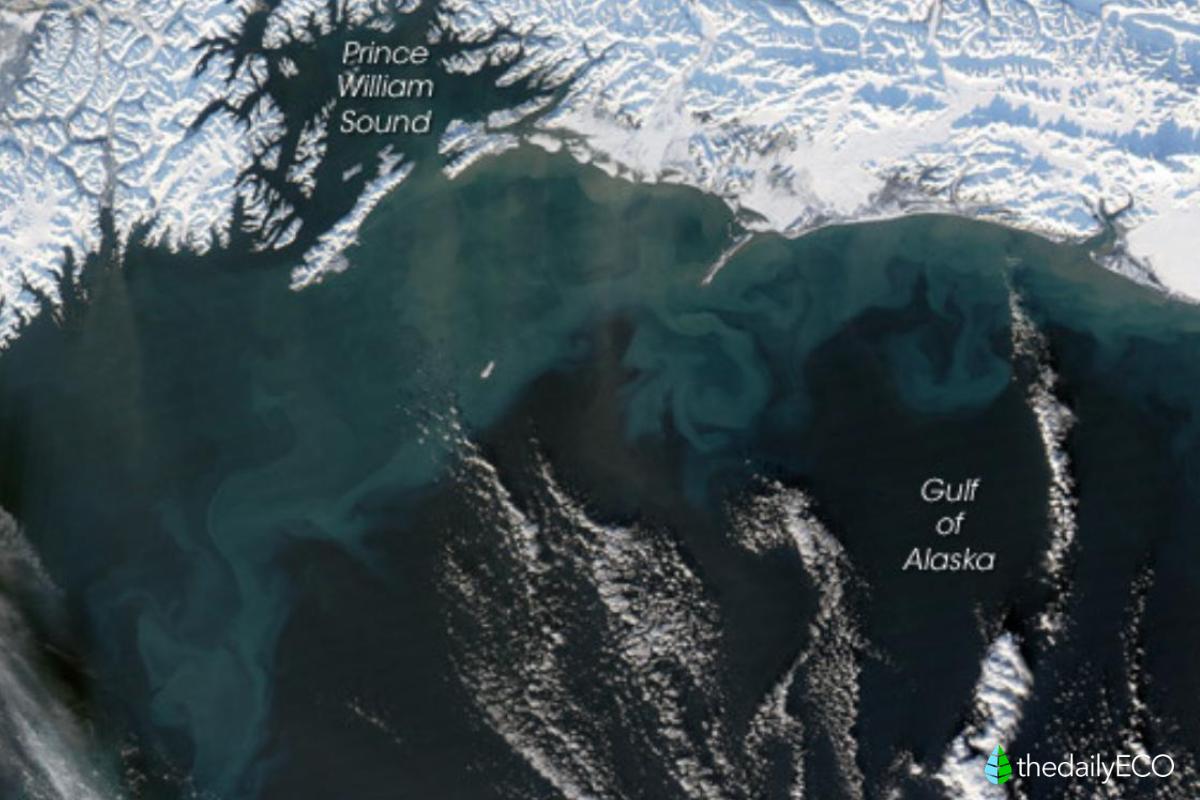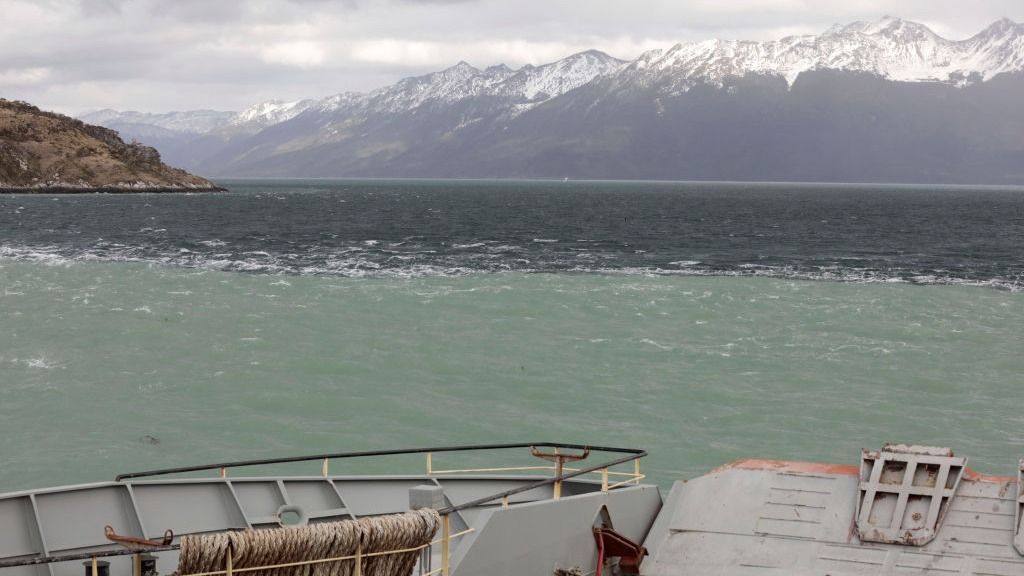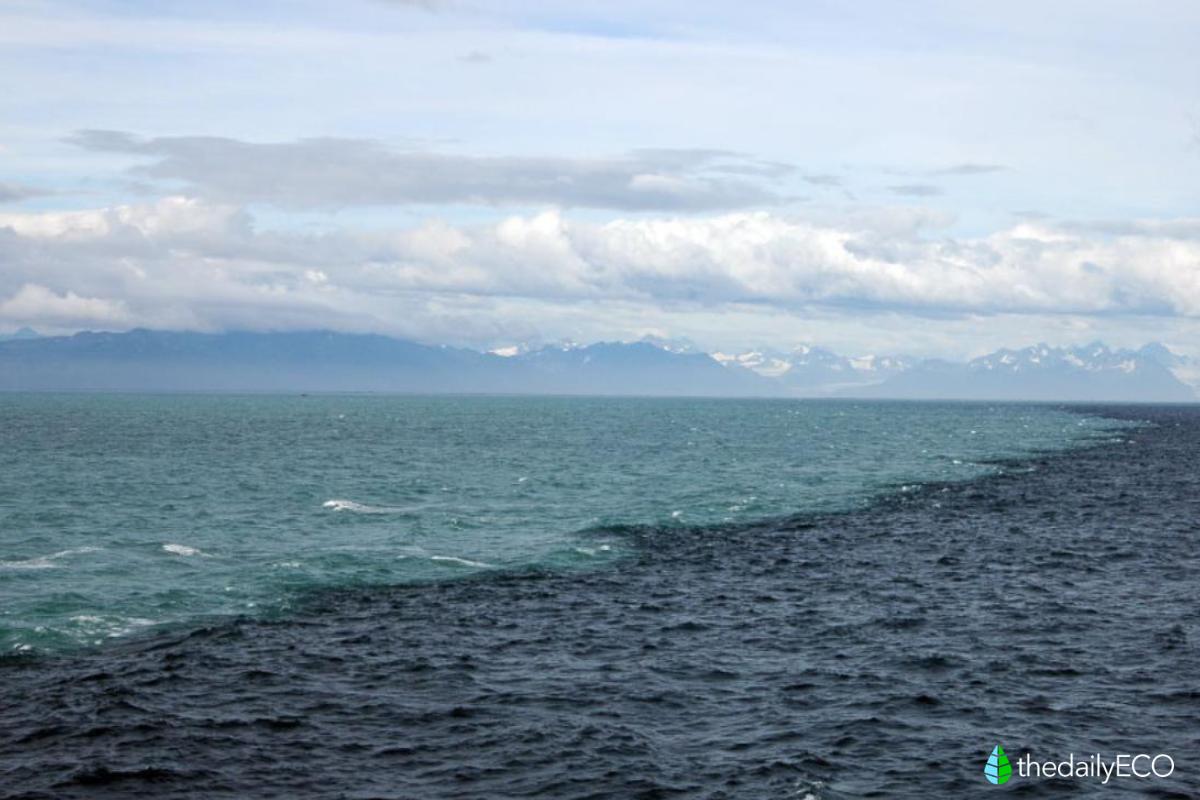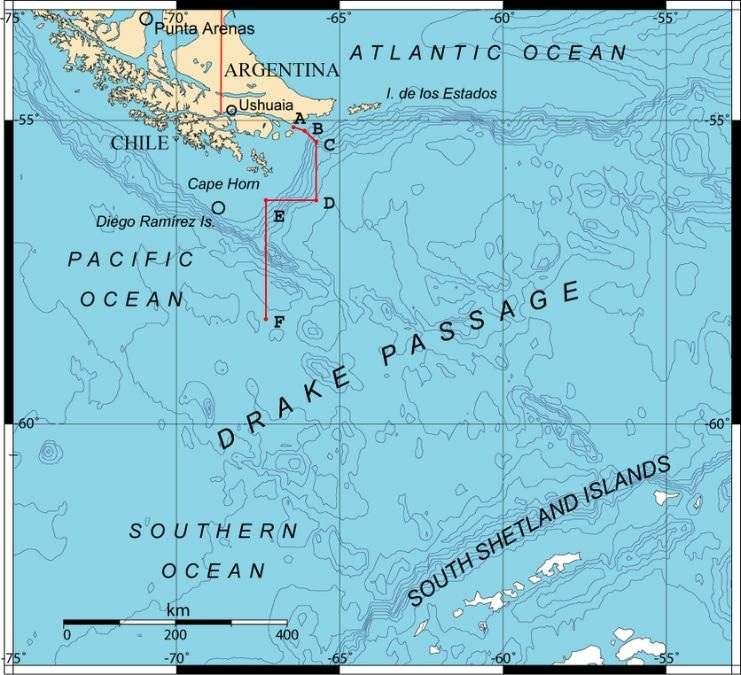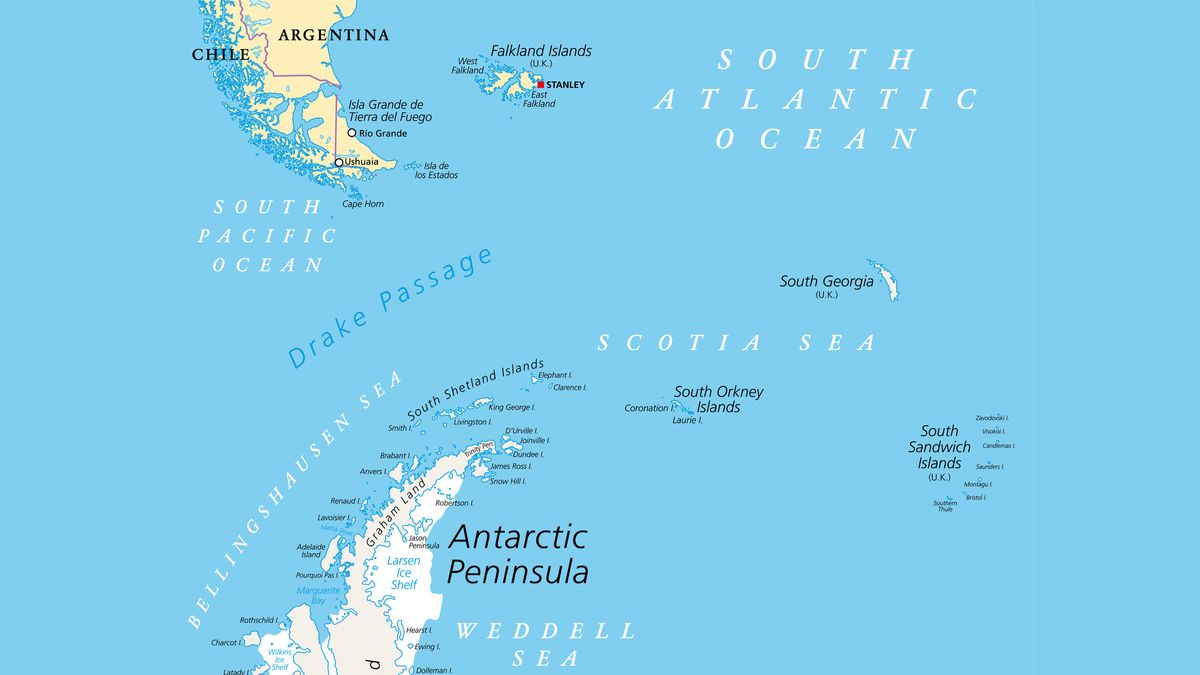Does The Pacific And Atlantic Ocean Mix

Ever stood on the beach, squinting at the endless blue, and wondered if the Pacific and Atlantic Oceans are just secretly holding hands under the waves?
Well, buckle up, buttercup, because we're diving headfirst into the watery world of ocean mingling!
The Great Ocean Shake-Up
Do these titans of the sea actually mix? The short answer is: absolutely! It's not like they're separated by a giant, invisible wall patrolled by grumpy mermaids refusing to let anyone pass.
Imagine two enormous swimming pools, one filled with slightly saltier water (the Atlantic, showing off its density!) and the other a bit fresher (the Pacific, the chill dude of the duo).
Now, picture someone removing the divider. What happens? They start to blend, right? That's pretty much the gist!
Where the Magic Happens
The main place where this aquatic rendezvous happens is around the southern tip of South America, near Cape Horn.
It's a notoriously wild and windy spot – not exactly a relaxing beach vacation destination. Think more along the lines of a dramatic movie scene with crashing waves and sea birds squawking!
But it's here that the Pacific and Atlantic get their groove on, mixing and swirling in a grand oceanic dance.
But Why Don't They Just... Mix Perfectly?
Now, you might be thinking, "If they're mixing, shouldn't the whole ocean just become one big, homogenous soup?" Great question!
The thing is, these oceans have different temperatures, salinities (salt levels, for us landlubbers), and densities.
It's like trying to mix oil and water – they'll mingle a bit, but they'll also try to maintain their own identities.
Think of it like adding milk to your coffee. It doesn't instantly turn the whole cup milky; you need to stir it to get a proper blend.
The Role of Currents
Ocean currents are the great stirrers of the sea! These mighty rivers of water constantly circulate, helping to distribute the characteristics of each ocean.
The Antarctic Circumpolar Current, for example, is a major player in this mixing process, whipping around Antarctica and connecting the Atlantic, Pacific, and Indian Oceans.
It's like a giant, watery conveyor belt, shuffling water and nutrients around the globe.
So, It's a Mix, But Not *Too* Mixed?
Exactly! While the Pacific and Atlantic do indeed mingle, they maintain their unique personalities.
You won't find a perfectly even distribution of salt or temperature; there's always a bit of regional flair.
It's like a family reunion: everyone's related, but Aunt Mildred still insists on bringing her infamous fruitcake, even if nobody likes it.
Why Does Any of This Matter?
This ocean mixing is super important for the entire planet! It affects weather patterns, distributes heat, and helps marine life thrive.
Think about it: the ocean is like the Earth's circulatory system, and mixing is essential for keeping everything healthy and balanced.
Without this mixing, we'd have some serious problems, like extreme temperature differences and disruptions to marine ecosystems.
So, next time you're at the beach, remember that the water you're splashing in is part of a vast, interconnected system. The Pacific and the Atlantic are out there, doing the tango!
And that's something to feel good about!
